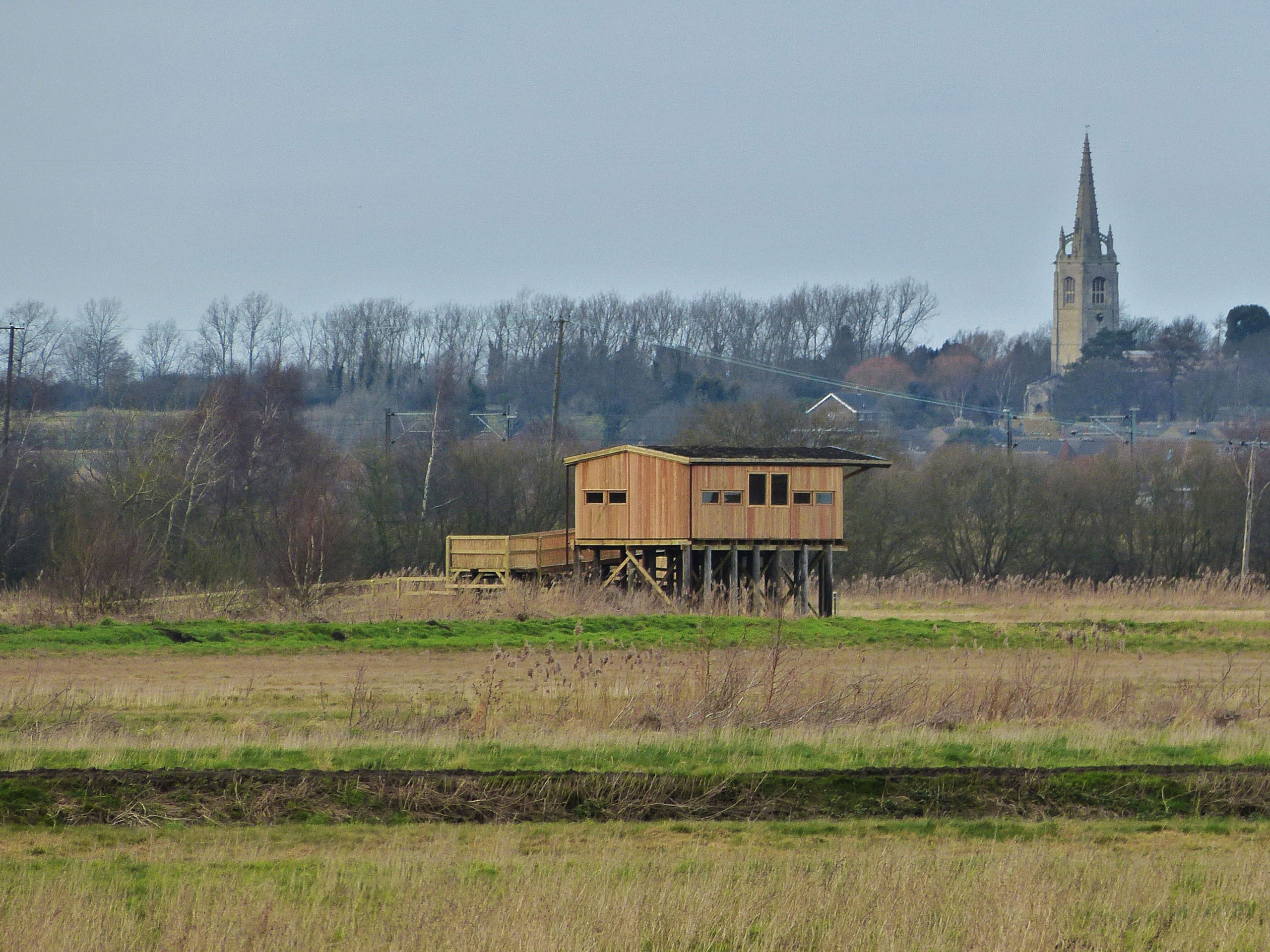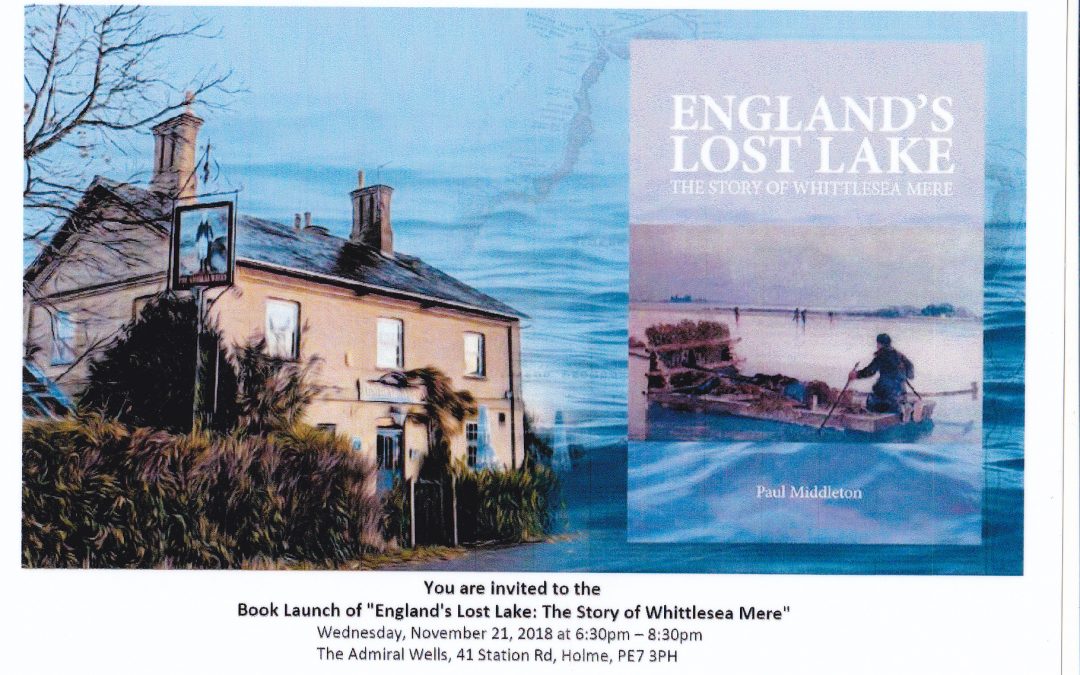
Great Fen designated LGS
Great Fen: Holme Fen and Whittlesea Mere designated as a Local Geological Site
We are very pleased to announce that our latest proposal for designation as a Local Geological Site (LGS) was recently (Feb 2020) approved by the County Wildlife and Geological Sites Panel. The site is the Great Fen: Holme Fen and Whittlesea Mere LGS and comprises the land in the northern part of the Great Fen that is owned by The Wildlife Trust BCN and Natural England. We are grateful for the help of Dr Steve Boreham (University of Cambridge) who will be representing CGS on the Great Fen Joint Technical Advisory Committee.
The site has qualified as an LGS under all four categories – Scientific, Historical, Educational and Aesthetic.
More info on the Cambsgeology website.



































Recent Comments